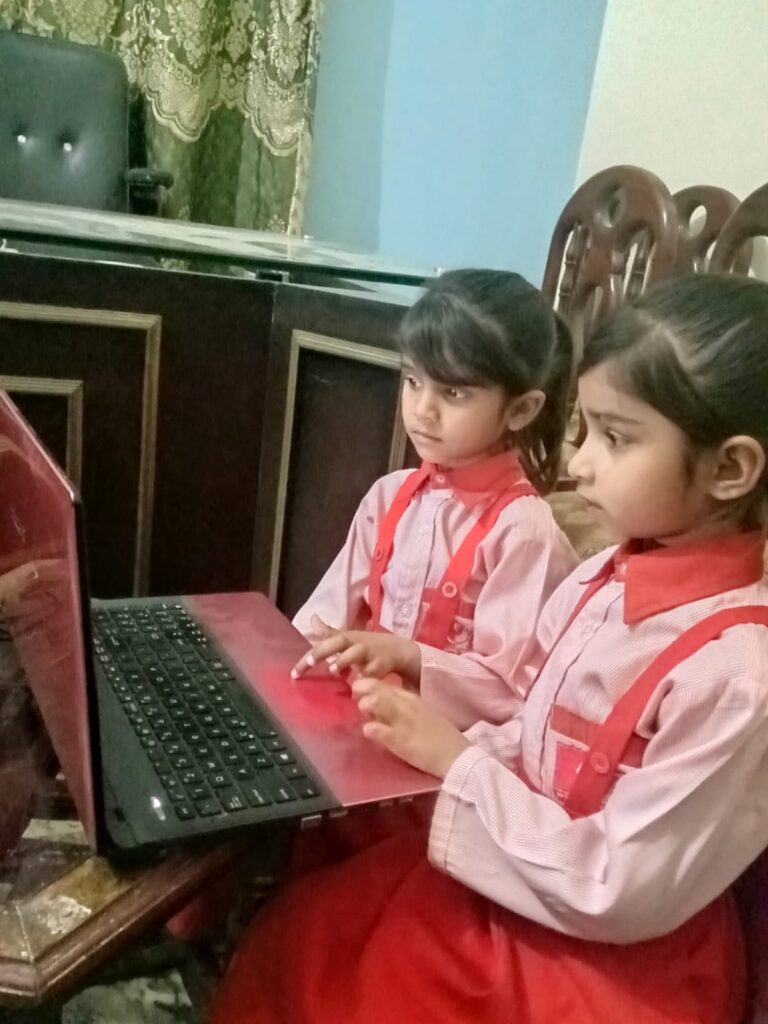
Certainly, let’s delve deeper into some of the key factors contributing to the failure of Pakistan’s education system:
- Underfunding: Pakistan consistently allocates a relatively low percentage of its GDP to education, resulting in insufficient funds to improve infrastructure, hire qualified teachers, and provide necessary materials and resources for schools. This chronic underfunding restricts the system’s capacity to deliver quality education.
- Teacher Quality: Many teachers in Pakistan lack the required qualifications and training. In addition, low salaries and poor working conditions discourage talented individuals from pursuing teaching careers. Consequently, students receive subpar instruction, hindering their educational development.
- Curriculum Issues: The curriculum in Pakistan often emphasizes rote memorization and outdated content rather than fostering critical thinking and practical skills. It lacks relevance to real-world needs, which can lead to a mismatch between the skills acquired in schools and the demands of the job market.
- Gender Disparities: Gender discrimination remains a significant issue, particularly in rural areas. Cultural norms and economic pressures often discourage families from sending girls to school. This gender gap in education perpetuates societal inequalities and limits the country’s overall progress.
- Infrastructure Problems: Many schools suffer from inadequate infrastructure, including dilapidated classrooms, a lack of libraries and laboratories, and poor sanitation facilities. These deficiencies create an unfavorable learning environment, affecting students’ well-being and educational outcomes.
- Overcrowding: Large class sizes are common in Pakistan’s schools, making it difficult for teachers to provide individualized attention to students. This hinders effective learning and can contribute to high dropout rates.
- High Dropout Rates: Pakistan faces alarmingly high dropout rates, especially at the primary level. Economic pressures, child labor, and the perceived lack of relevance in the curriculum can lead students to leave school prematurely, limiting their future opportunities.
- Political Instability: Frequent changes in educational policies and political instability disrupt the implementation of long-term educational reforms and initiatives. Consistency and long-term planning are essential for sustainable improvements.
- Corruption: Corruption within the education system, such as embezzlement of funds and the sale of teaching positions, erodes resources and erases trust. It hampers the efficient functioning of the system and undermines its effectiveness.
- Lack of Vocational Education: Pakistan often neglects vocational and technical education, leaving a skills gap in the workforce. This limits opportunities for students who may not follow traditional academic paths.
- Standardized Testing Pressure: There’s an excessive emphasis on standardized testing, which puts immense pressure on students. This approach encourages rote learning rather than promoting critical thinking and creativity.
- Social and Cultural Norms: Societal norms and cultural beliefs can discourage education, particularly for girls. Early marriages and traditional gender roles often hinder girls’ access to education, contributing to the gender disparity.
- Security Concerns: Ongoing security challenges in various parts of Pakistan have disrupted the functioning of schools, further limiting access to education for affected communities.
- Lack of Educational Planning: Pakistan often lacks a comprehensive, long-term educational planning framework. Frequent policy changes and a lack of vision contribute to system fragmentation and inefficiency.
Addressing these deep-rooted issues necessitates a sustained commitment from the government, increased funding, comprehensive teacher training programs, curriculum reform, and measures to promote gender equality. Reforms should focus on creating a conducive learning environment, enhancing teacher quality, and aligning education with the evolving needs of the workforce and society. It is crucial for Pakistan’s social and economic development and the fulfillment of its youth’s potential.
